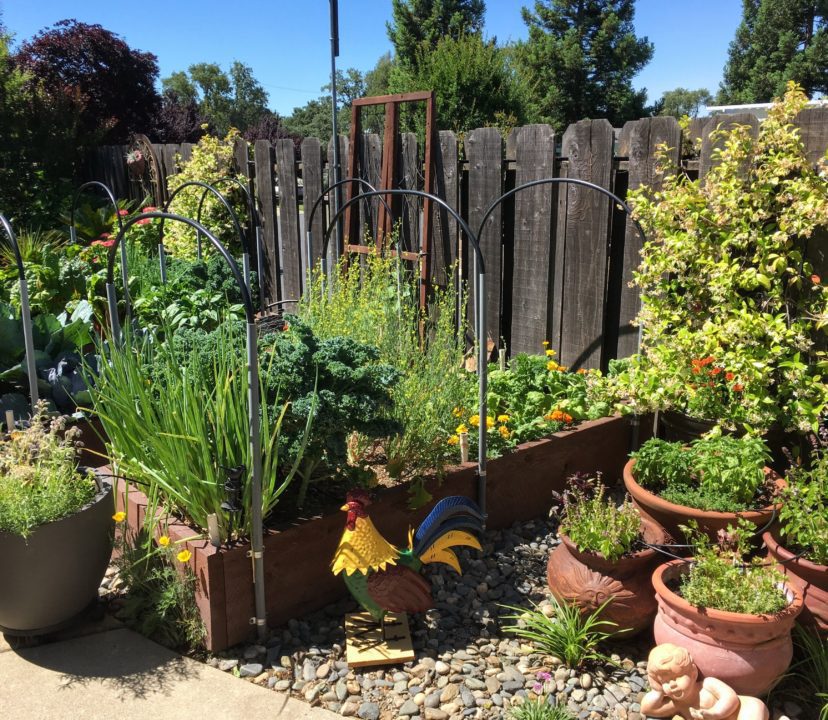Climate change is proof, no matter your opinion, that Mother Nature is menopausal. The whole country (the entire globe?) is thinking “what is next?”
Weather is tough on anyone who grows plants. Plants and people tend not to adapt quickly to extremes. Really, all you want to do is grow delicious tomatoes for a summer sandwich, right? Being adaptable goes hand in hand with preparing and being resilient.
All gardeners have experienced plant frustration during seasons they are forced to endure. That is one thing that Mother Nature teaches us all; we must learn how to adapt to combinations of frequent drought, higher temperatures, government regulations, and our own concerns about changes in weather patterns. Sometimes a successful garden seems like paddling upstream without any water. Do answers to the problems exist?
Today’s decreased water availability and increased long term temperatures have made gardening more difficult. A walk in Tomato Land history will show just what happened. Back in the day, tomatoes and other vegetables and landscapes were watered on a regular basis, if they needed it or not. Everything was watered that way. Full sun and full water kept tomato roots cool and plants happy. The earth might have been happiest, all told, in the days of flood irrigation. However, yesterday’s tomatoes are not today’s tomatoes.
Today’s gardens need a different tactic. Plants need light but not full, all-
day-long baking sun. We often hear that tomatoes are not holding blooms or setting fruit because of the heat. One idea is to place shade cloth over the plants to decrease the heat.
Evaluating the location of your tomato plants, even providing light shade for your entire garden, will lower water demands and help protect your plants. Planting deciduous trees or borrowing shade from your neighbor’s trees will strategically aid your garden.
Keeping roots cool can be achieved by modifying your watering efforts. A simple 2 X 4 wood frame buried two inches deep into the ground will hold water. Fill it once, let the water drain down into the ground, then fill it again. The second watering will push the first water deeper, teaching the roots to go deeper into the moisture and coolness. The shorter height of the raised bed allows you to control the soil quality, have better drainage, and the roots stay cooler lower in the ground.
The wooden sunken border frame controls the flow of water and contains soil amendments to one area. The frame also holds a top layer of mulch in place, cooling ground temperatures.
Plants may be purchased from many sources, but dealing with knowledgeable nursery growers for your area will lead to increased success. Back in the day, our grandmothers saved seeds and grew generations of Sonora-tough plants. Nowadays your plants may be started in and grown out in cooler climates. Those plants will have major adjustments to make if not planted at the optimum time.
Mitigating the roller coaster ride of a changing climate is possible. Adjusting to the future is a task we have been doing for generations. Check out what your neighbors are doing in their yards. Share ideas, stop by and chat with Master Gardeners, even try something new. By making adjustments, we can make Mother Nature proud of our ingenuity.
Julie Silva is a University of California Cooperative Extension Master Gardener of Tuolumne County.
University of California Cooperative Extension Central Sierra Master Gardeners can answer home gardening questions. Call 209-533-5912 in Tuolumne County or 209-754-2880 in Calaveras County or fill out our easy-to-use problem questionnaire here. Check out the UCCE Master Gardener webpage here.
For more helpful Master Gardener articles view our archive here located in the Real Estate Section with other home improvement, home finance and other informative real estate articlesupdated weekly here.
This content was originally published here.







